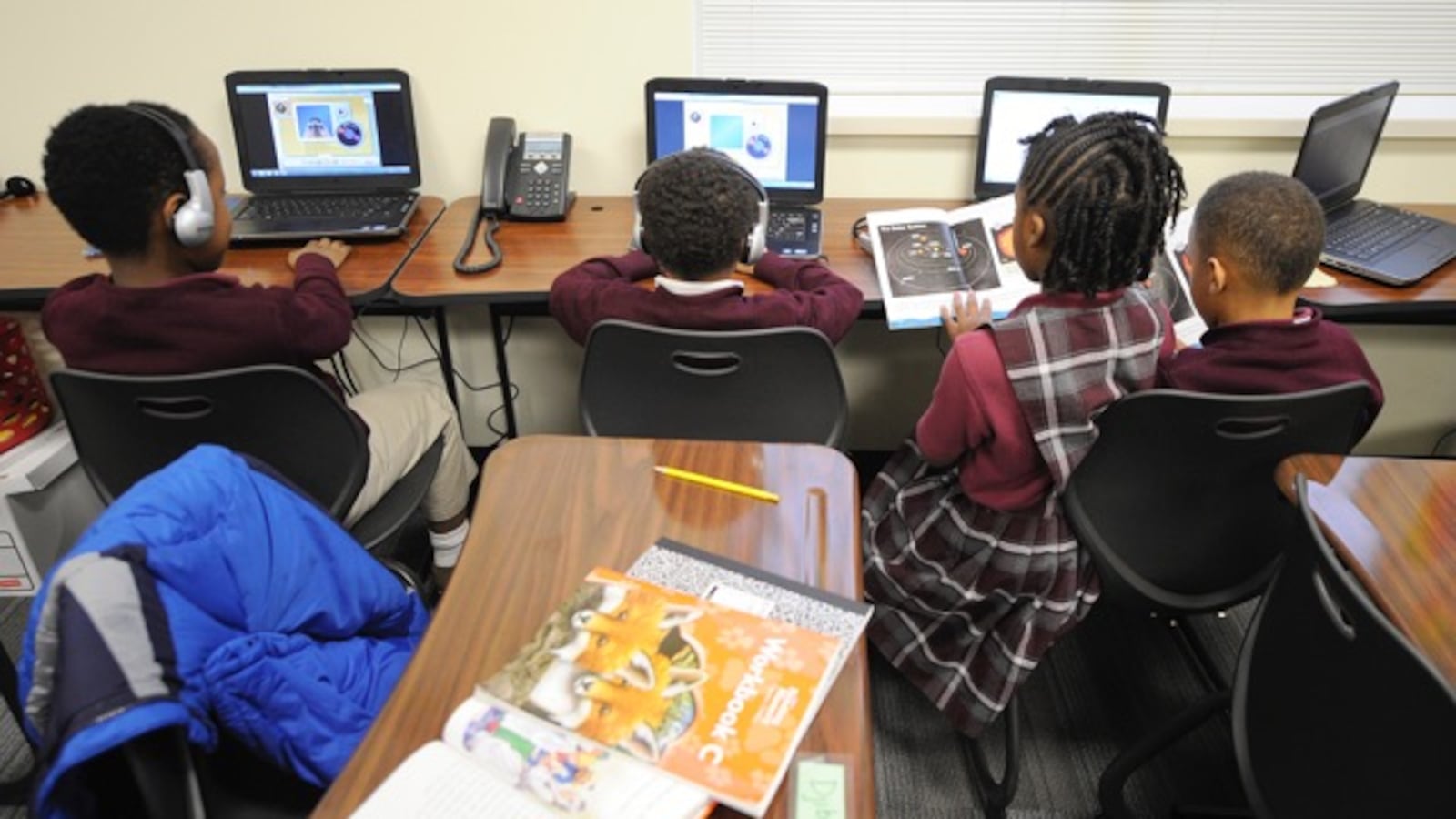Some Republican lawmakers want district schools to share extra tax dollars approved by voters for buildings and facilities with nearby charter schools — but the idea is falling flat with some educators and Democrats.
During a debate over a bill introduced in the House Education Committee on Wednesday, critics said it was unfair to ask districts to share the additional funding secured by referendums when they are already facing budget cuts, calls for raising teacher salaries, and other pressure.
“As I see it, we’re trying to find additional money to pay teachers, and then we have a bill that is going to further erode dollars to go to public schools with the encouragement to expand charters in our state,” said J.T. Coopman, executive director of the Indiana Association of Public School Superintendents, who added that charter schools would benefit despite not campaigning to help the referendum pass.
The proposal would require districts to split any dollars approved by taxpayers to fund building and facilities projects with charter schools within their district boundaries. Nine districts, including Indianapolis Public Schools, held referendums for this purpose last year, and five had their requests pass. If approved, the bill would represent the first time Indiana charter schools would have access to local tax dollars.
Although charter schools and district schools get the same basic state aid, only traditional public schools get an additional share of local tax dollars for building maintenance or construction projects. High-performing charter schools can get $500 per-student extra from the state for such costs, but school leaders have said in the past that’s not enough.
“Every traditional public school today, on average … receives about $3,000 (per-student) on top of what the state appropriates,” said Rep. Bob Behning, an Indianapolis Republican who authored the bill and chairs the House Education Committee. “It’s education for the whole community.”
Charter school advocates in Indiana and across the country have long lobbied for funding equality with traditional public schools. Recent reports from charter-friendly organizations have tracked how cities and states divvy up funds between traditional public schools and charter schools, pointing out a consistent gap where charter schools get less.
Behning said that given recent studies that show some Indianapolis charter schools outperform some district schools, the state should try to fund them more equitably.
But critics note that these referendums are one of the few ways districts can proactively boost their budgets and that districts have been turning to taxpayers more and more since limits were placed about a decade ago on local dollars that districts could collect.
Some of the districts that legislative researchers identified as potentially being hardest hit by the proposal — Gary schools, Indianapolis Public Schools, and Muncie schools — are already cash-strapped. Gary and Muncie were taken over by the state two years ago for their major financial issues, but under this plan would have to send 53 percent and 18 percent, respectively, of capital referendum funds to local charter schools (Muncie has since transitioned out of state control). IPS just passed a major referendum, including $52 million for capital projects it says are necessary for ensuring school safety.
“Here’s a school corporation that’s in trouble, it’s asking its taxpayers to give them additional dollars, and then they must share that with the charter schools,” said Rep. Vernon Smith, a Democrat from Gary. “It doesn’t make any sense to me.”
Mike Brown, legislative affairs director for the Indiana Department of Education, suggested that the when the committee meets next week to amend and vote on the bill, lawmakers should change the bill so that districts in financial distress wouldn’t be required to split their referendum dollars.
“School corporations will take all the risk and incur the cost of the referendum, but would have to share some of the proceeds with the charter schools,” Brown said. “It could have a chilling effect on school corporations’ willingness to pursue a referendum.”
Brown also said he was concerned that by including charter schools in district referendums, some voters might be less willing to support them. That could add hurdles for the tax measures, which can already be tough to pass because they essentially ask voters to increase their own taxes.
For example, if IPS’ most recent capital referendum was subject to the plan outlined in the bill, that would mean about one-quarter of the $52 million would be split among a few dozen charter schools enrolling 10,222 students — leading to about $1,200 more per-student.
It’s unclear how virtual charter schools would factor into the plan, if at all. The state’s largest online schools serve students statewide but have Marion County addresses. While they don’t appear to be included in the estimates provided to lawmakers, the schools do still have physical locations used for students, even though the vast majority of students learn online from their homes or other locations.


